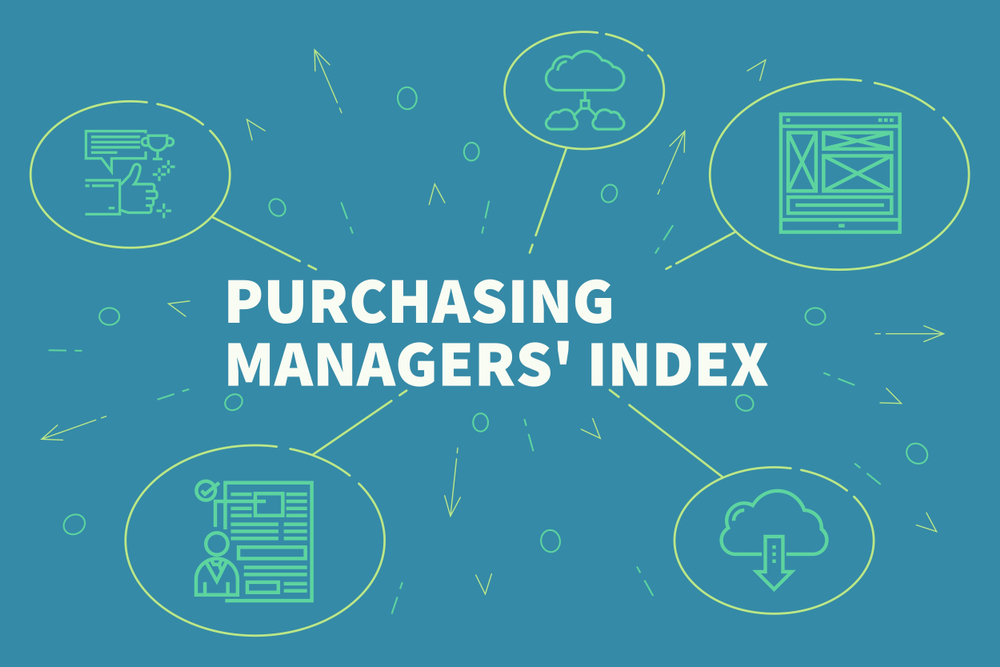The seasonally-adjusted Absa Purchasing Managers’ Index (PMI) started 2020 on the back foot and declined further in January. The PMI lost 1.9 points to reach 45.2 index points, the lowest level since September 2019.
The performance of the five major sub-components was mixed, with two indices recovering somewhat from multi-year lows reached in the previous month, and three declining in January.
The Business Activity Index regained most of the losses that it recorded during the final two months of 2019 and rose by 8 points to 44.6 in January 2020. However, despite the solid increase, the level of the index remains low, suggesting that weak manufacturing output was sustained at the start of the new year.
The New Sales Orders Index plunged to a multi-year low in December 2019 but managed to recover somewhat in January. The index, nonetheless, remained well below the neutral 50-point mark, suggesting that demand for factory goods is still poor.
In addition, the index tracking the backlog of sales orders declined to a more than ten-year low of 28 index points in January. The current level is extremely weak and does not bode well for a recovery in activity growth going forward as it is yet another sign of soft demand.
Amid subdued activity prospects, the Employment Index slumped to an almost six-year low in January. After a slight uptick in the previous month, the result corresponds with recent announcements of planned retrenchments in the factory sector (and wider economy).
The Inventories Index more than erased December’s increase and fell to 43.9 index points in January. This was the lowest level since October 2019 and the sixth consecutive month that the index came in below 50 points.
The only sub-component to come in above the neutral 50-point mark was supplier deliveries, albeit only just at 50.8 points. The current level is fairly low compared to readings recorded during most of 2019.
The Purchasing Price Index rose for a second consecutive month to reach its highest level since September 2019. This could, in part, be explained by the slight increase in the diesel price at the start of the month. In January, the Rand exchange rate remained fairly stable and, for most of the month, the Brent Crude oil price also traded in line with December’s level. However, a fall in the oil price at the end of January means that an expected diesel price decline in February may provide some relief on the cost front.
Worryingly, even as current conditions deteriorated further, respondents still turned more pessimistic about the business environment going forward. The index tracking expected business conditions in six months’ time slumped to its lowest level in more than a year. Uncertainty about the frequency and severity of load shedding in future as well as the strength of the global economy (and thus external demand) likely dimmed prospects even further.



























